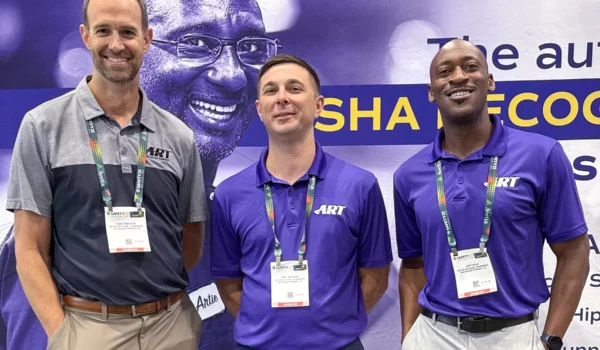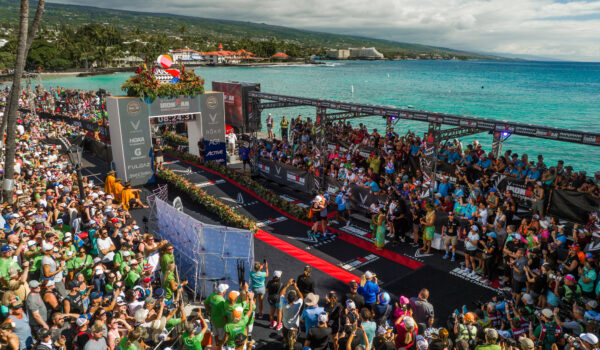If you’re scratching your head wondering what Active Release Techniques (ART) is, you’re not alone. Many healthcare professionals are well-versed in soft-tissue treatments like Pin and Stretch, Dry Needling, and/or Cupping but might not fully understand what sets ART apart. That’s exactly why we’re here, to clear up any confusion and explore why ART deserves a spot in your clinical toolkit.
What Makes ART Unique?
Active Release Techniques was developed over 30 years ago by Dr. Michael Leahy, a chiropractor and aeronautical engineer who combined his deep understanding of biomechanics and anatomy to create a revolutionary approach to soft-tissue treatment. Recognizing that many musculoskeletal issues stem from adhesions and scar tissue that restrict movement and function, Dr. Leahy designed ART to address these issues in a systematic and effective way.
At its core, ART is a movement-based manual therapy that goes beyond merely alleviating pain. It uses palpation to identify and treat the root cause of dysfunction in muscles, tendons, ligaments, and nerves. Treatments are highly personalized, requiring precise application and dynamic involvement from both the practitioner and the patient.
ART’s methodology is grounded in detailed protocols designed to treat over 500 specific soft-tissue structures. This isn’t a one-size-fits-all technique but rather a highly adaptable and comprehensive system, tailored to the needs of each individual patient. This approach has made ART a trusted tool among healthcare professionals worldwide, from sports medicine practitioners treating elite athletes, to therapists addressing everyday overuse injuries.
So How Does ART Compare to Other Techniques?
When comparing Active Release Techniques to other soft-tissue therapies, the distinctions become clear, especially with techniques like Pin and Stretch. Let’s break it down:
- ART vs. Pin and Stretch
While Pin and Stretch is a common approach in massage or manual therapy, it’s a broad, generalized technique. It involves pressing on a muscle and stretching the tissue underneath, which can offer temporary relief, but often fails to address underlying dysfunction. ART, on the other hand operates through: - Precision and Protocol: ART is anatomy-specific, relying on defined touchpoints and movement patterns to break down adhesions and restore function.
- Active Engagement: ART incorporates motion, with the patient or provider actively engaging the affected area during treatment. Pin and Stretch often relies on static pressure with less dynamic involvement.
- Training and Certification: ART Certified Providers undergo rigorous training and testing to master exact protocols for treating over 500 anatomical structures.
- ART vs. Dry Needling
While dry needling effectively reduces trigger points and muscle tension, ART focuses on active treatment that engages the soft tissue during movement. This dynamic approach not only addresses adhesions but also helps retrain neuromuscular function for long-term improvement. - ART vs. Cupping
Cupping’s suction technique promotes blood flow and relaxation, but it lacks the specificity ART offers. ART uses direct, hands-on application at precise anatomical landmarks to break down adhesions and improve mobility where it’s needed most. - ART vs. Other Soft-Tissue Treatments
Unlike general soft-tissue approaches, ART combines anatomical precision with active movement. Each treatment is customized to the individual and evolves as the tissue responds, ensuring optimal outcomes for each patient.
By addressing the root cause of dysfunction rather than just alleviating symptoms, ART sets itself apart as a comprehensive, results-driven approach to soft tissue care.
It’s Not Mainstream yet…But it’s a Step Above the Rest
ART has been quietly revolutionizing soft tissue care for decades, yet it’s not as widely recognized as other therapies. Why? For one, ART certification requires extensive training and mastery, making it a specialized technique practiced by highly skilled professionals.
When integrated into practice, ART becomes an invaluable tool for resolving musculoskeletal issues at their source. Whether treating athletes striving for peak performance or individuals recovering from overuse injuries, ART provides a systematic, adaptable, and proven method for achieving measurable results.
If you’re curious or eager to expand your treatment options, ART offers a fresh perspective on manual therapy, combining anatomical precision with functional movement for real, lasting change




